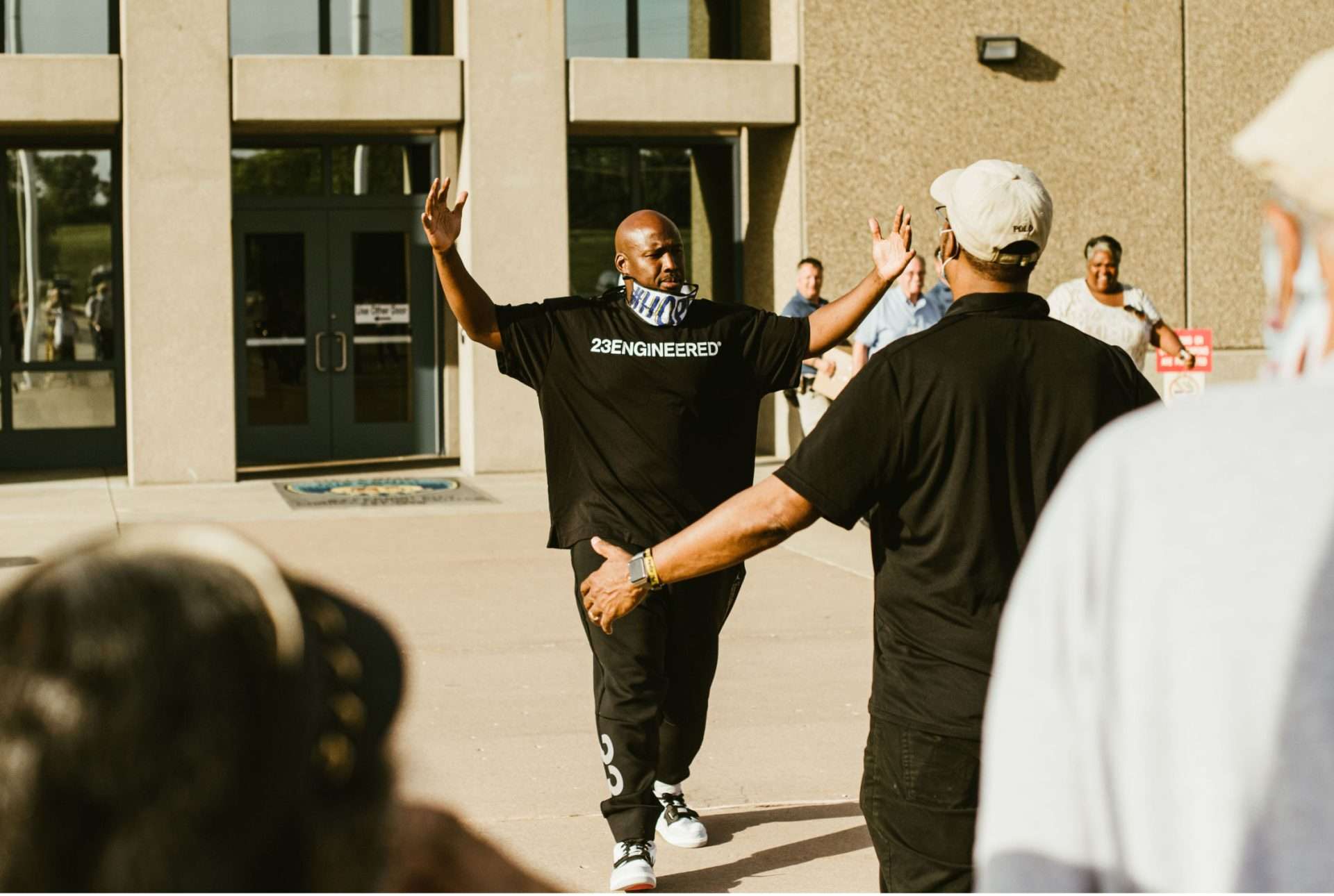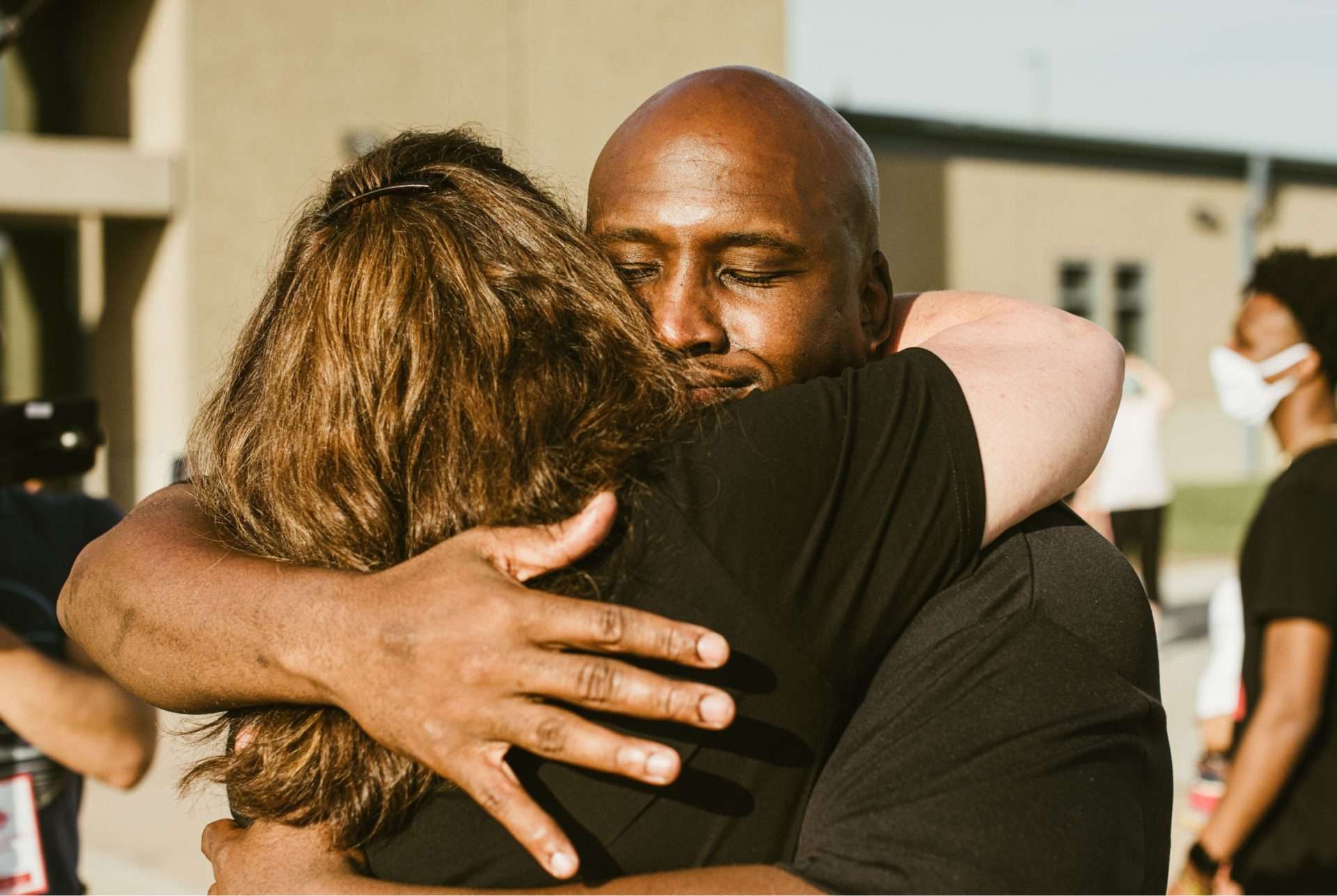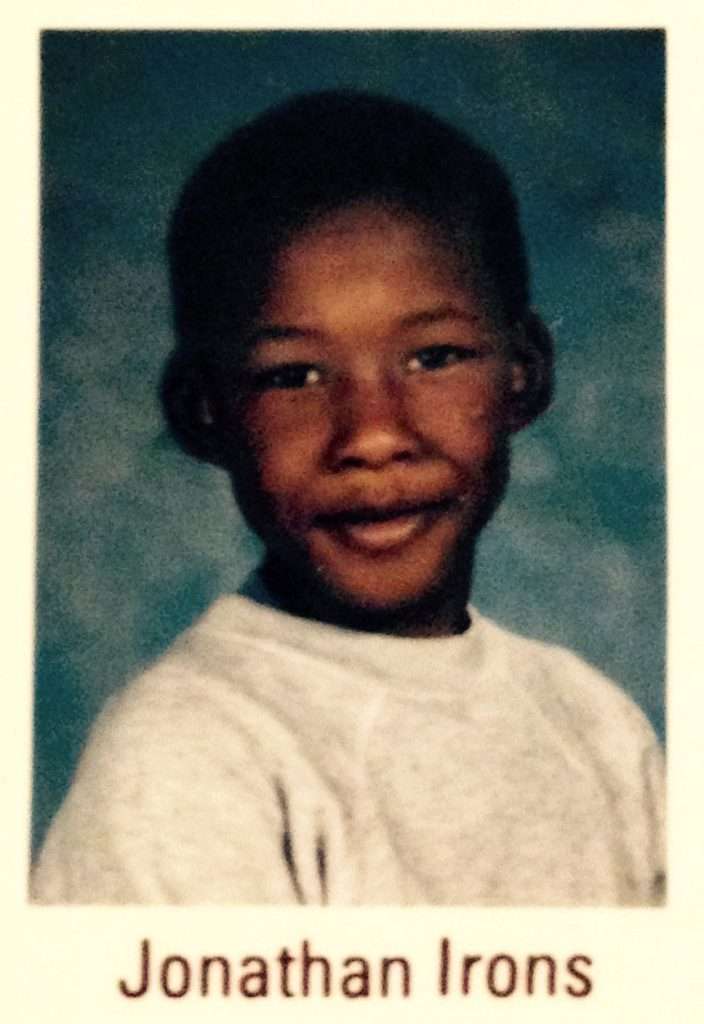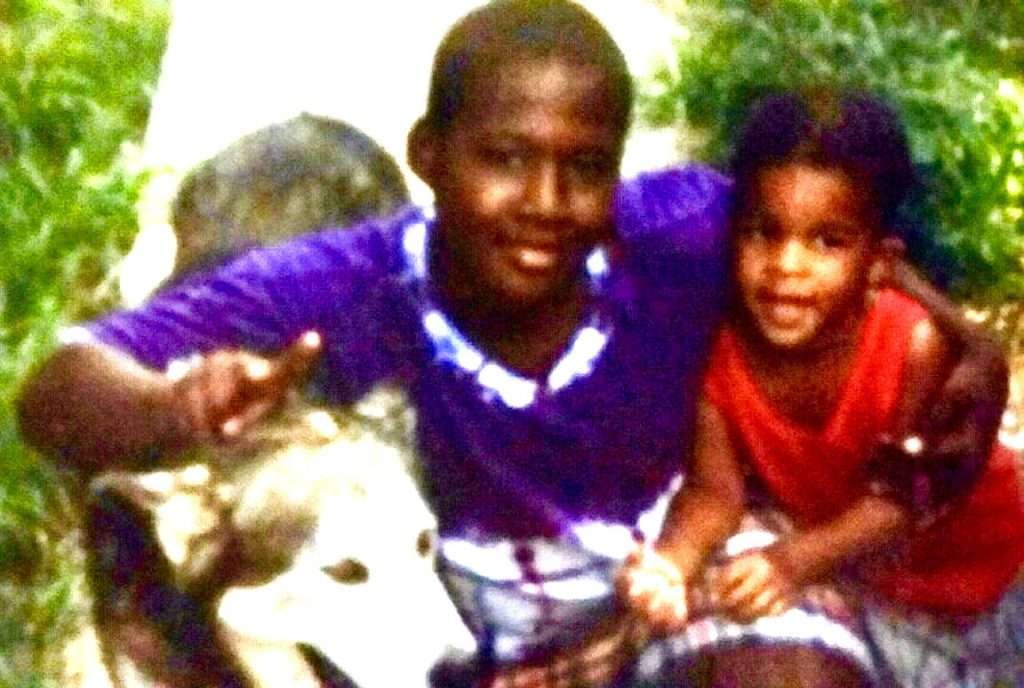
Irons is an innocent man who spent more than 23 years in prison after police fabricated evidence, lied under oath at trial, and suppressed evidence pointing to the real perpetrator
St. Louis—More than two decades after he was wrongly imprisoned, Jonathan Irons filed a federal civil rights lawsuit this week against the officers of the O’Fallon Police Department and the St. Charles County Sheriff’s Department who falsely arrested him at age 16 and fabricated evidence to send him to prison for 23 years for a shooting he did not commit. For decades, these officers hid critical evidence showing that another person had committed the crime.

In July 2020, after spending the majority of his life as an innocent man behind bars, Jonathan’s wrongful conviction was set aside by Missouri courts when the concealed evidence finally came to light. Jonathan’s exoneration was secured with the help of WNBA star Maya Moore, who put her career on hold to shine a spotlight on the staggering injustice that Jonathan had suffered. Jonathan and Maya have since married and settled in Atlanta, where they are focused on their family and their continued fight for criminal justice reform through the Win With Justice social action campaign that Maya founded.
“For decades behind prison walls I taught myself the law, investigated my case, and fought tirelessly in the courts to prove my innocence and win my freedom,” Jonathan said in a statement following the filing of his federal lawsuit. “This civil rights lawsuit represents the next step in my journey. We will reveal the truth, hold those who caused my wrongful conviction and imprisonment accountable, and educate our fellow citizens about how our system wrongly imprisons innocent Black men for crimes they did not commit.”

The suit alleges that Jonathan was wrongly convicted of the 1997 burglary and shooting of Stanley Stotler in O’Fallon, Missouri, a western suburb of St. Louis. After returning home from work, Mr. Stotler was attacked by a gunman, who shot Mr. Stotler in the head and fled through the front door. Thanks to emergency brain surgery, Mr. Stotler survived. He could not describe his attacker, except to say that he had been a Black male.
The defendant police officers learned that Jonathan had been in the neighborhood on the day Mr. Stotler was shot. The defendants also quickly learned that at precisely the time of the shooting, Jonathan was at another person’s house with multiple witnesses present. Not only did Jonathan have a rock-solid alibi, but there was not a shred of physical evidence or witness testimony connecting him to the crime scene. But because Jonathan was Black, the defendants decided he must have committed the crime, and they arrested him. Jonathan was just 16 years old at the time.
Without evidence connecting Jonathan to the crime, the defendants fabricated a case against him. Given Mr. Stotler’s extreme injuries and the very limited opportunity he had to see the shooter, he was unable to describe or identify the perpetrator. When the defendants first showed him a set of photographs that included Jonathan, Mr. Stotler did not identify Jonathan. But that did not stop the defendants. They manipulated Mr. Stotler into making a wholly unreliable identification of Jonathan. They then bolstered their fabricated case by inventing a story that Jonathan had confessed to the crime, when in fact Jonathan had consistently denied any involvement in the shooting. The defendants wrote false police reports and testified that Jonathan had confessed, while simultaneously destroying their notes and recordings of Jonathan’s interrogation, which would reveal the truth.

“Jonathan’s only ‘crime’ was that he was a Black kid present in a predominantly white neighborhood. As a result, even though there was not a shred of evidence suggesting Jonathan committed the shooting, the defendants decided to frame him,” said Anand Swaminathan, one of Irons’s attorneys. “It is rare to see a case where literally every piece of evidence implicating the criminal defendant is fabricated by the police, but that’s exactly what happened in Jonathan’s case. The police took the stand and swore on a Bible that Jonathan had confessed to them, even though they knew that was a lie, and they coerced a gravely injured victim to identify their suspect in court, knowing that he had no clue who had shot him.”
The suit alleges that the defendant officers, in perhaps their most staggering misconduct, hid a police report documenting a blockbuster piece of evidence: they had collected a fingerprint of the perpetrator from the front storm door of Mr. Stotler’s home, which did not match Jonathan’s fingerprint. Instead of producing that report, the defendants created and produced a doctored version of it, which deleted any mention of the true perpetrator’s fingerprint. “The forensic finding in the undisclosed fingerprint report was highly exculpatory and would have been powerful evidence of Irons’s innocence at trial,” the lawsuit alleges, “But the Defendants never disclosed this information to prosecutors or to Irons and his defense counsel.”
“It was obvious from day one that it was impossible for Jonathan to have been present at the scene of the Stotler shooting,” said Irons’s attorney Steve Art. “But no one in our criminal legal system ever cared—not the police defendants who fabricated and suppressed evidence to wrongly implicate Jonathan, not the prosecutors who took the case to trial, not the all-white jury who convicted him, and not any of the officials who fought to keep Jonathan in prison long past the time it was clear that Jonathan’s conviction was an outright fraud. This injustice is yet another example of how our system treats Black people—including Black children, as Jonathan was when his ordeal began—as if their lives have no value.”
A copy of Jonathan’s federal civil rights lawsuit, Jonathan Irons v. John Neske, et al., No. 21 C 293 (E.D. Mo.), filed in the U.S. District Court for the Eastern District of Missouri on Monday, March 8, 2021, is available here.
Links to photographs of Jonathan and his family, before and after his wrongful conviction are here: 1, 2, 3, 4, 5, 6, 7, 8, 9, 10, 11,
A copy of our press release is available here.
